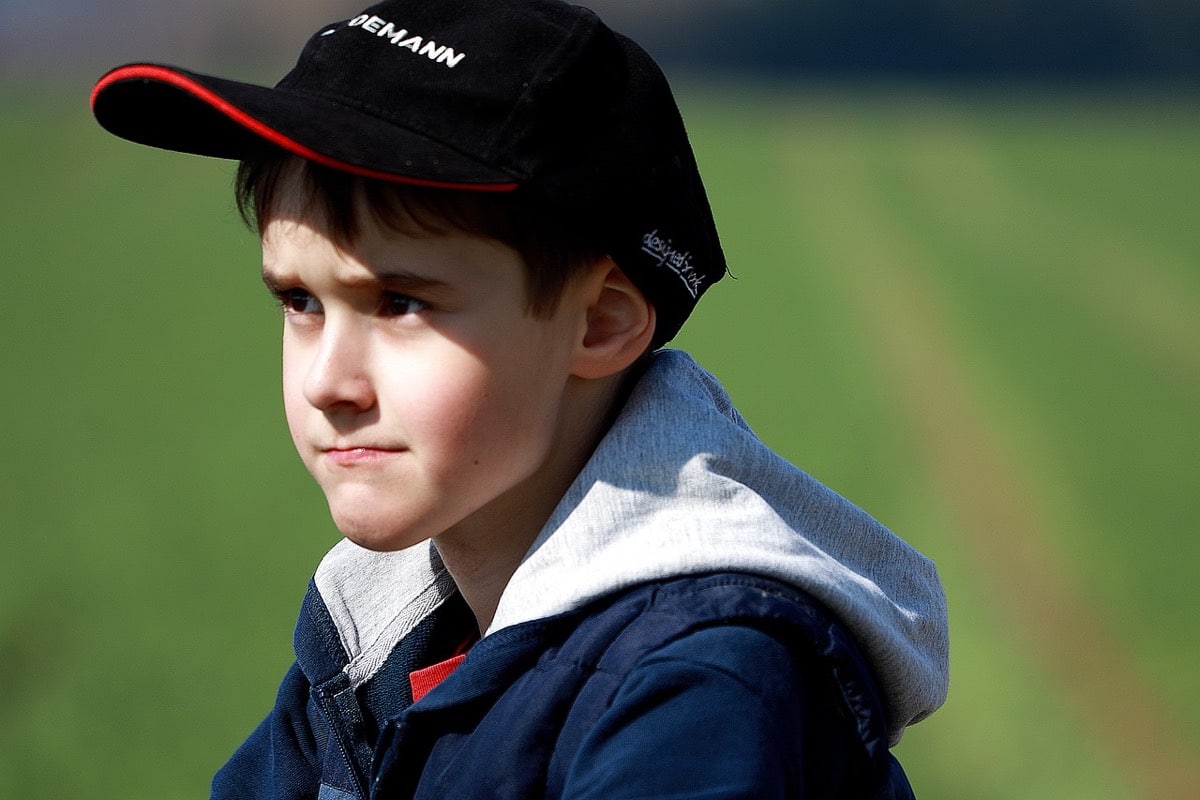Positive punishment is a way to correct or modify behavior. Its primary purpose is to reduce the future frequency of the behavior by applying an aversive stimulus after the behavior occurs. Positive punishment in psychology is what is known as "punishment" in daily life. It is used when we want to suppress unwanted behavior. In parenting, the aversive response is often referred to as a negative consequence.
There are two ways of conditioning that can create behavior change: punishment versus reinforcement. The goal of punishment is to reduce the chances that unwanted behavior will happen again. again. Instead, reinforcement consists of increasing the desired behavior.
Two types of punishment: positive and negative

The positive in the concept of positive punishment doesn't mean it's good. Positive in this case means to fix somethingi.e., a consequence. To decrease a particular behavior, the consequence must have an unpleasant effect on the individual or animal on which it is used. For example, when a small child touches a working stove, he gets burned. The consequence is that he has been burned, but in this way he has learned that when a stove is on it is not necessary to touch it.
By contrast, negative punishment removes a stimulus to make the unwanted behavior less likely to be repeated. In this case, the removed stimulus is usually pleasant or something that the person or animal finds valuable. So, the negative in negative punishment refers to the removal or deprivation of a stimulus.
Is positive punishment effective?

Firmness is essential for positive punishments to be effective ways to deter inappropriate behavior. If it can be applied regularly, positive punishment is a very efficient learning tool that stops the unwanted behavior. However, the problem is that everything tends to go back to the previous state once the punishments stop. Another problem is that while it stops the unwanted behavior, it doesn't teach the desired alternative behavior.
For example, a child suppresses the urge to hit other children when parents are aroundBecause he doesn't want to be punished. But once the parents are away, the child can become aggressive because he doesn't know how to handle a disagreement with others. His parents have not taught him a specific behavior that can help in this situation.
Positive punishment can be effective when it immediately follows the unwanted behavior. It works best when applied consistently. It is also effective together with other methods, such as positive reinforcement, so that the child learns different behaviors.
Positive punishment in parenting

Punishment is practically synonymous with discipline in parenting.. However, yelling and spanking, so common in the past, has been shown to lead to long-term damage such as mental health problems in children. Today many parents resort to the popular “break time” or “thinking corner”.
“Time out” is a well-researched behavior modification strategy recommended by psychologists and pediatricians. The idea is to move a child from a high-reinforcement environment to a low-reinforcement environment.. It is an operant extinction procedure that aims to stop a previously reinforced behavior. Unfortunately, many parents do not know how to apply this technique well and use it to punish.
For example, when a child gets angry because they won't let him eat sweets before meals, he may be sent to a corner as a punishment. Parents often accompany the punishment with yelling, recriminations, or humiliation. As a result, this downtime now has negative side effects similar to other harsh punishments.
Other Common Positive Punishments
- Scolding. Being reprimanded or lectured is something many children would like to avoid.
- Hitting or holding hands. This can happen instinctively in the moment. You can gently tap your child's hand before it touches a hot pot, or pulls another child's hair.
- Write. This method is often used in schools. The child is forced to write the same sentence over and over again, or write an essay about her behavior.
- Homework. Many parents add chores as a form of punishment. For example, cleaning up something that has been dirty or doing other household chores.
- Rules. For a child who frequently misbehaves, add additional house rules It can be an incentive to change a behavior.
GOOD AFTERNOON,
THE FORM OF POSITIVE PUNISHMENT IS VERY INTERESTING.
I AM A FIRST TIME MOTHER AND I LIKE TO LEARN